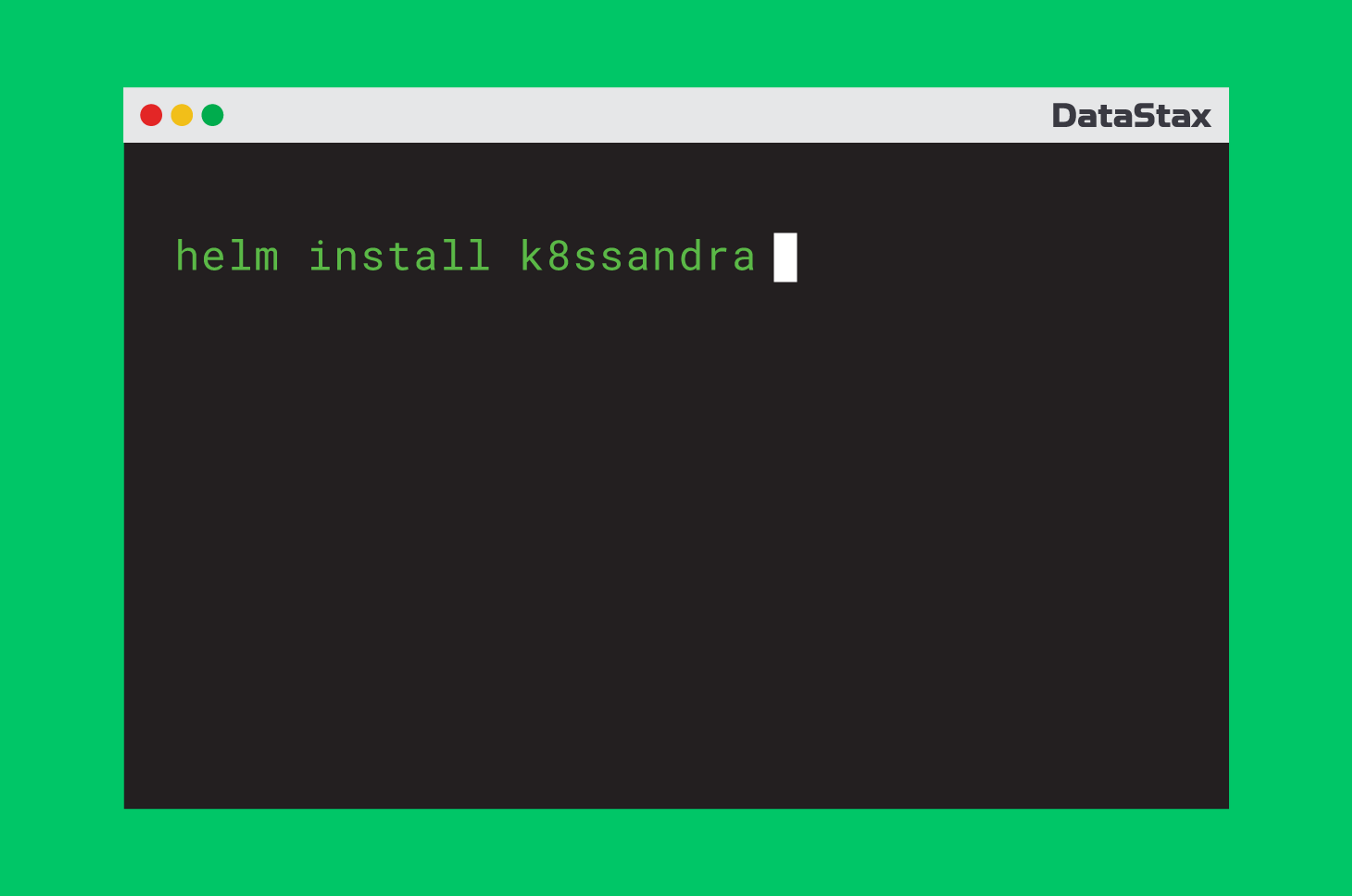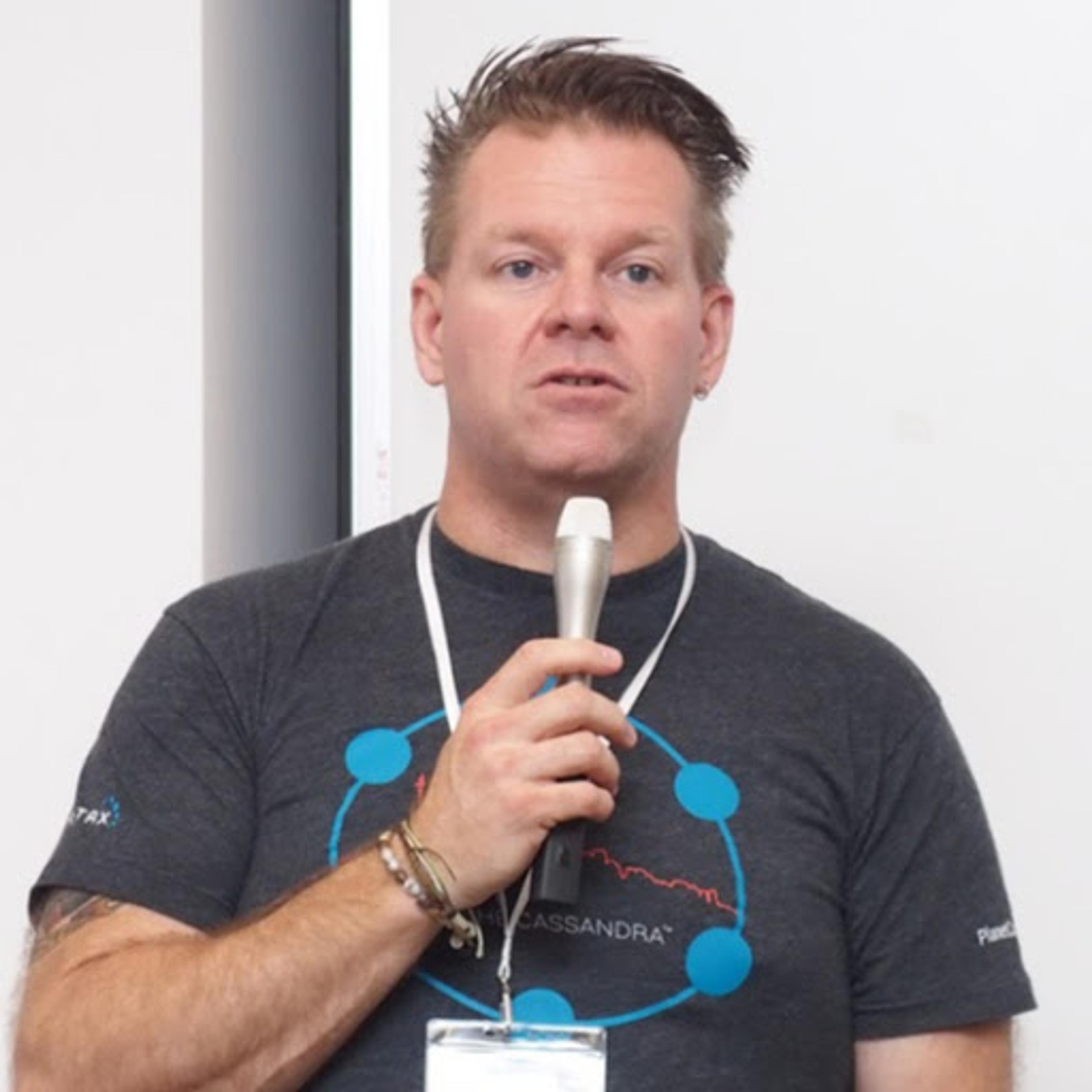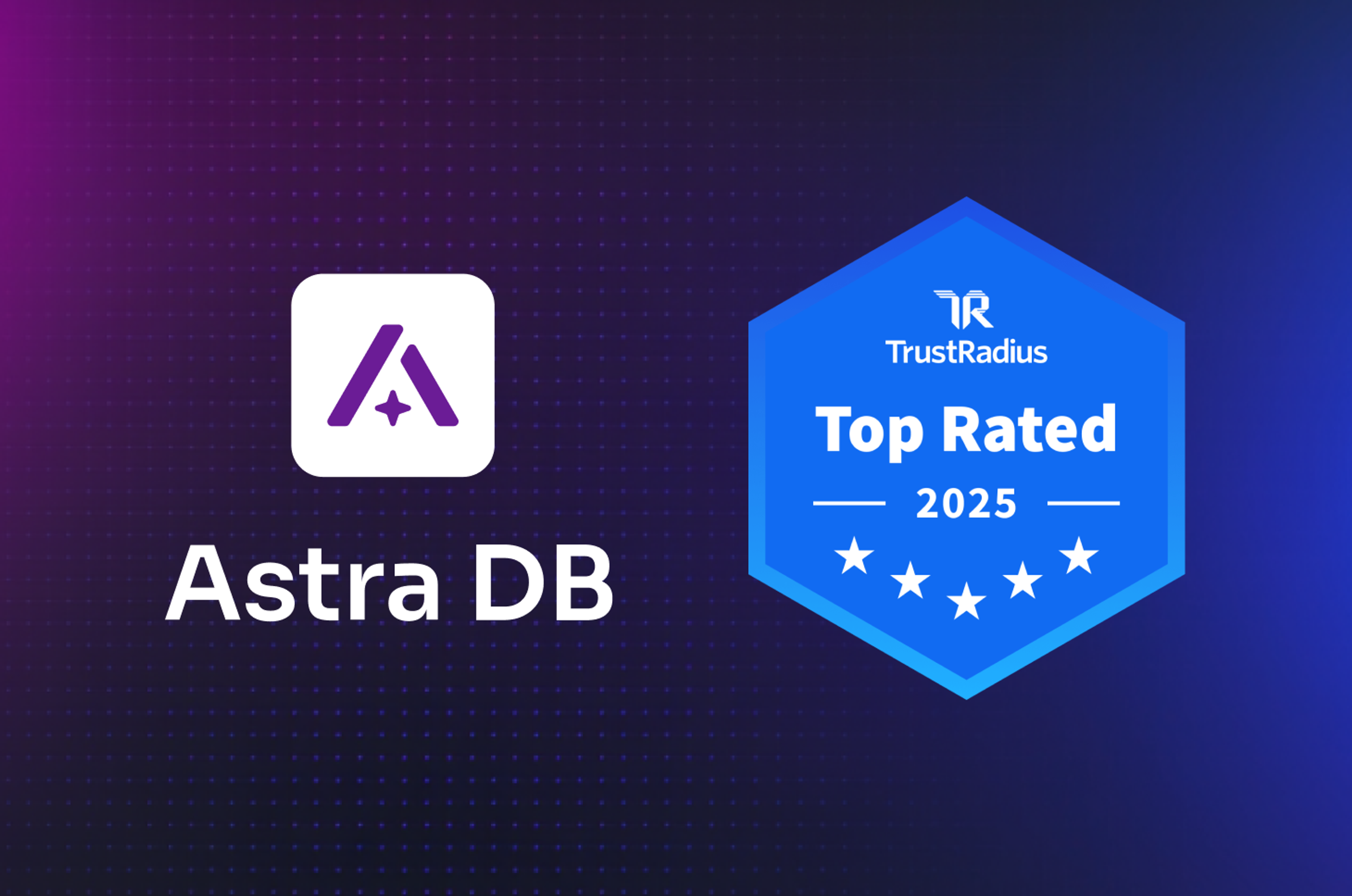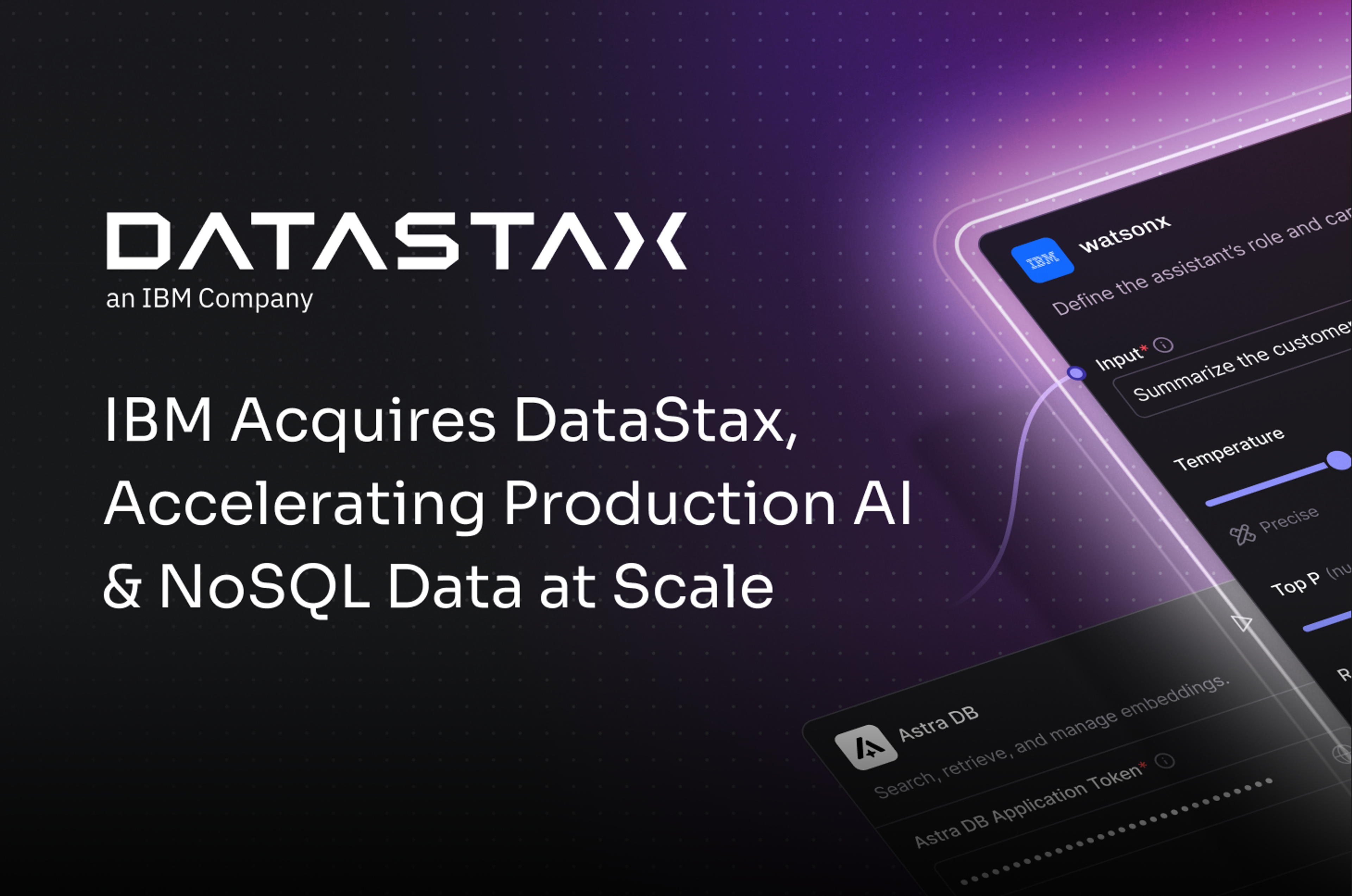KubeCon + CloudNativeCon Europe 2022 wrapped Friday, and if there’s one significant conclusion I can share from the week, it’s this: the cloud native community isn’t losing any steam. More projects and more use cases. The community is maturing from the conversations I heard about the themes covered at the conference.
Before I dive into my quick takes on what I saw as the key takeaways, I have to thank everyone that stopped by the DataStax booth and shared Apache Cassandra® stories. K8ssandra adoption is growing steadily in the Cassandra+Kubernetes community and it was great to meet some of our community face to face. Valencia, Spain was an excellent host.
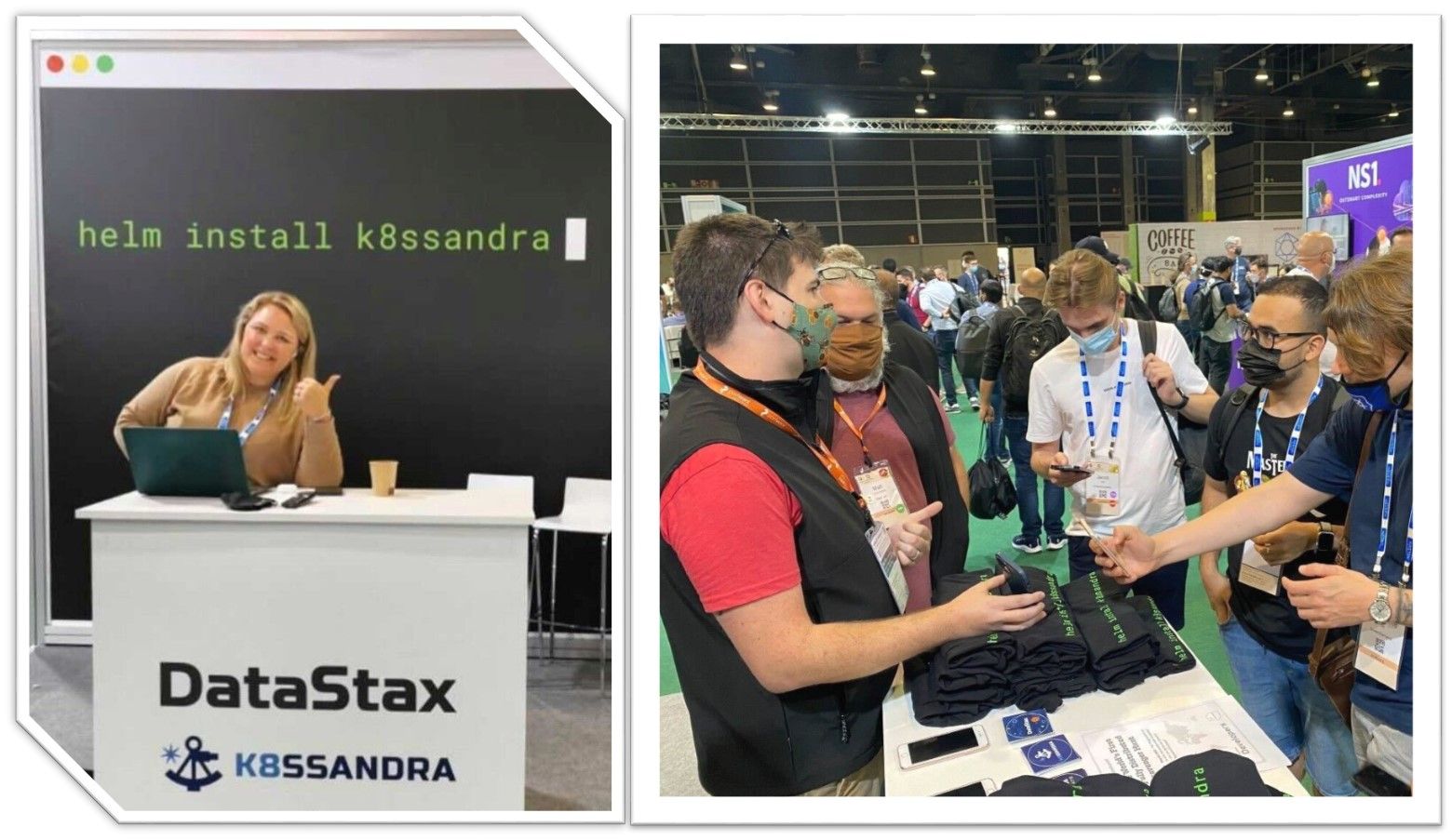
OK, let’s get right into it.
Wrestling the massive cloud native ecosystem
An inside joke within the cloud native community: the Cloud Native Computing Foundation (CNCF) landscape can look like an eye chart. Yet the ecosystem has to be this complex because we aren’t building just one type of virtual data center for our applications. Think of all the different ways we build declarative infrastructure and every possible use case. All of a sudden, this landscape looks smaller than it should be.
The CNCF is pitching in to help end-users make decisions with the next version of Cloud Native Maturity Model 2.0. There’s a key addition to the model called Business Outcomes in this update. This is an acknowledgement that organizations don’t make the cloud native move simply for technical reasons. Clear communication on business outcomes is another success factor. Kubernetes is happening in every organization, and essential tools like maturity models provide a lot of confidence moving forward. When you’re done explaining to the C-suite how you will crush your cloud native squad goals, you can read a nice bedtime story to your kids with Admiral Bash. What a time to be alive!
The best security position: default
If we are going to automate the entire data center with Kubernetes, when is there a better chance to tackle security issues? That is a question that several groups around the cloud native ecosystem are answering with a resounding “Now!”
First is the announcement of an updated Cloud Native Security Whitepaper from the Cloud Native Computing Foundation (CNCF), which added specific use cases and guidance around our increasingly regulated IT world. But we know the most significant problem, and it’s you. It turns out that when humans have to think about adding security, they usually don’t. The best way to combat that problem is to make security default. Deploying your application in Kubernetes happens after a long chain of activities that can open vulnerabilities in each step. The CNCF Technical Advisory Group for Security has announced a Secure Software Factory Reference Architecture that you can find here. Large organizations with massive security needs have been championing this way of being for infrastructure and it’s being formalized in the best way: with standards and tooling. This is the path to making security a default way of life, and I’m all for it.
Cloud native? We got this!
In a complete surprise, in the regular State of Cloud Native Development released by CNCF, users indicated that they are increasingly managing their own Kubernetes clusters! I have to admit, I thought that was going to be a rapidly declining statistic, but the numbers don’t lie.
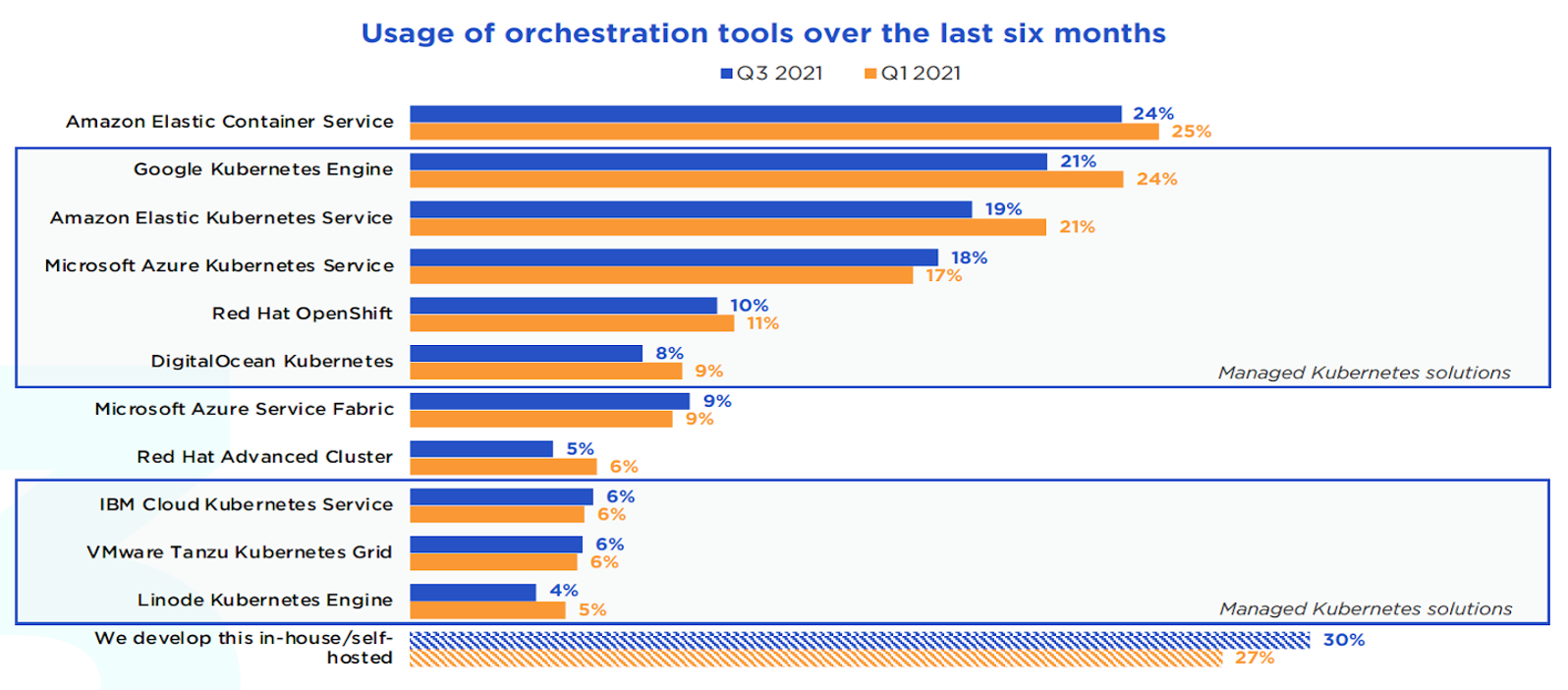
Source: Cloud Native Computing Foundation (CNCF)
So what’s behind this trend? The report offers a few ideas, mainly that it’s all about your needs. Or at least all about the needs of your application—and the ability to customize the configuration to meet the use case. My take is along that line, but I would add that developers are getting over the Kubernetes learning curve and bending it to their will like any other tool. In-house Kubernetes has gotten much better over the years with great projects like k3s. Once your cluster is set up, you are a helm install away from building your bespoke data center. Yay us!
See you at KubeCon North America 2022
The North American counterpart of last week’s event is a mere six months away, which is a lot of time in the cloud native world. Things move fast here, and it’s hard to keep up. I look forward to hearing how some of you take the lessons we’ve learned this week to practice. We can also expect more announcements around maturity in the cloud native community with security, automation, and standards. I’m most curious if the trend of self-managed Kubernetes holds up. What do you think? Let’s see what we find in October when we meet in Detroit.
Thanks again to everyone who stopped by our booth. I expect to see a lot of “helm install k8ssandra” shirts at Cloud Native community events this year! If you missed the in-person this year, you can learn more about K8ssandra or even hand over the Cassandra driving to us via DataStax Astra DB and we’ll even give you $200 to get started. Just create an Astra DB account, create a serverless Cassandra database, add a payment method, and enter “KubeCon200” to get your credit.
